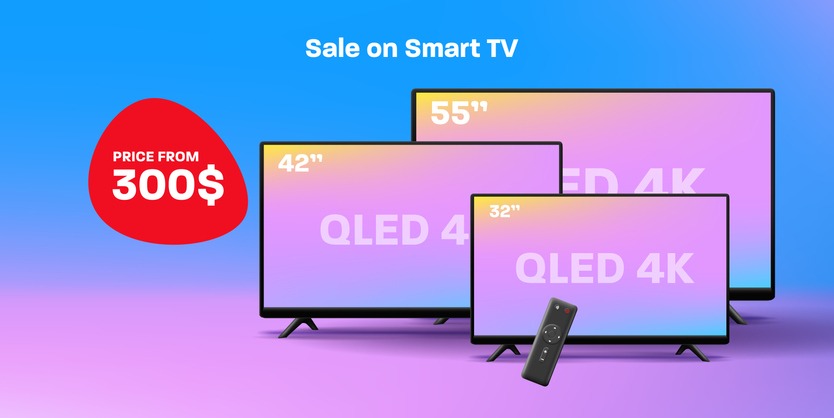Consumers far and wide have been cutting cable, ensuring the decline of traditional television for years. Thanks to IPTV (internet protocol television), consumers can access their favorite shows and movies at will and according to their schedule. Convenience is key, and technological advances ensure convenience to all global consumers. IPTV offers a smooth and convenient end-user experience for on-demand entertainment that surpasses what has been possible with cable and satellite television subscription.
IPTV, or internet protocol television, allows consumers to access live television programs via the internet without the need for cable boxes or satellite dishes. While the delivery method may sound similar to that of video-sharing platforms like Netflix, however, with IPTV consumers can watch live broadcasts and access video-on-demand content via a subscription. IPTV is like traditional television with all the bonuses of on-demand content. Continue reading the article below to learn more.
How IPTV Works
IPTV sends analog signals via the internet, whereas traditional television uses cables. One of the benefits is that while traditional television could only broadcast what was available in real-time, IPTV stores content on servers for access on demand. The real-time streaming protocol (RTSP) helps deliver content for playback after compressing it for optimization. It is really quite a simple process, but not all televisions can read the signals received via the internet protocol. If your television isn’t IPTV compatible, or it needs external help to read the signals, an IPTV set-top box will do the trick.
What is an IPTV Box?
AN IPTV box is a set-top box that basically translates the signals sent via internet protocol into a format the television can understand. The television needs to be able to read and reproduce the signals sent, and a set-top box can help them do that. These set-top boxes that translate the internet protocol language may be connected through HDMI or AV cables. Some newer ones connect via the wi-fi signal with no cables needed. Computers and laptops can already read the internet protocol data, so if you’re watching on one of them, you won’t need a set-top box.
One way to get around using the set-top box is to use your laptop or computer to mirror the images on your television screen. Technically the PC would be reading the signal, so no box would be needed. Your television would only mirror the picture, allowing you to watch IPTV on your television without a set-top box.
IPTV is the Future of Television
IPTV is the future of television because it meets consumer demand for at-will entertainment without the cable cords or high associated costs. IPTV is simple and easy to set up, and it provides a smooth stream of multiple programs. It is also highly efficient and offers a commercial free experience for those who want it. Demand for IPTV grows year over year because of the superior end user experience it offers. The future of television undoubtedly lies in IPTV for the millions who love it.

